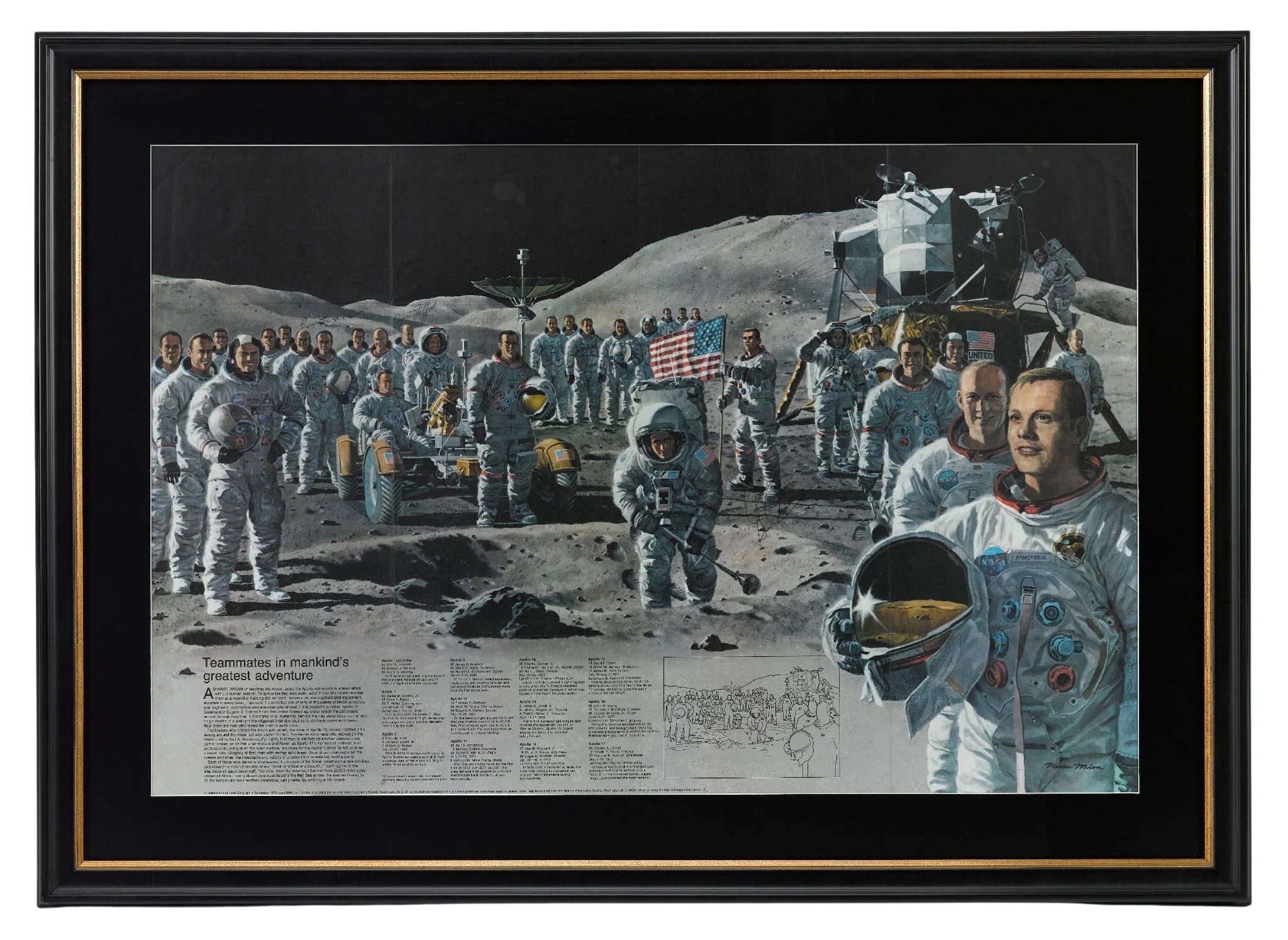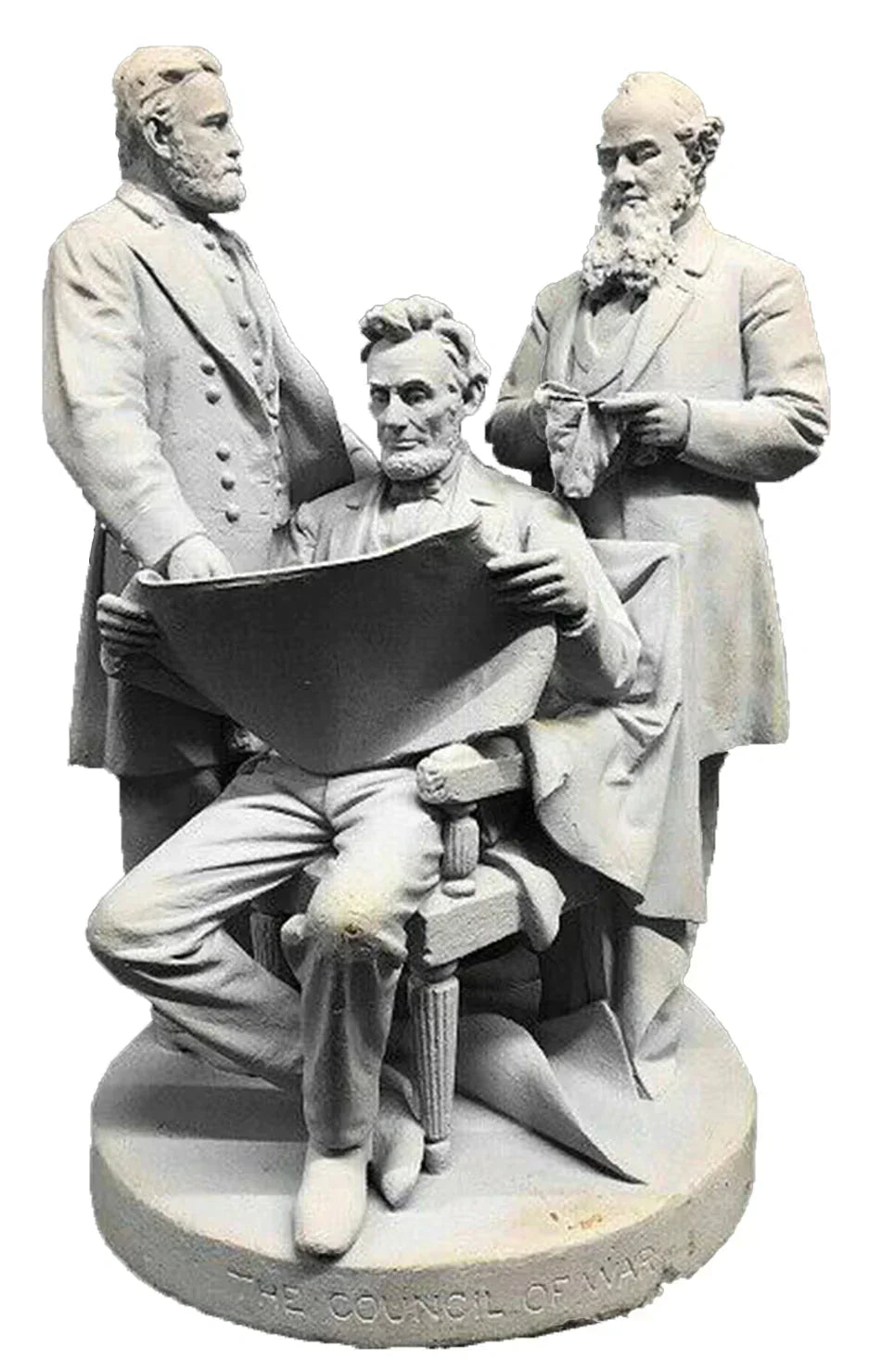WWI Posters and the Division of Pictorial Publicity
The full color poster originated in the late 19th century and quickly assumed an essential role in advertising. Given the proven power of the medium, it was only natural that color posters would have a significant role in World War I propaganda. Within a week of declaring war on Germany, the United States government created the Committee of Public Information. The director was George Creel, editor of the Rocky Mountain News in Denver. The Committee engaged the services of hundreds of writers, artists, and speakers to promote the war effort. Creel later wrote: “In all things, without halt or change, it was a plain publicity proposition, a vast enterprise in salesmanship, the world’s greatest adventure in advertising.”
At the start of the War, the Society of Illustrators met in New York City to discuss ways in which American artists could contribute to the war effort. During one of these meetings the President of the Society, Charles Dana Gibson, received a telegram from Creel requesting aid in producing artworks for the war. On April 22, Gibson and Creel met and together formed the Division of Pictorial Publicity of the Committee of Public Information. Headed by Gibson with Frank De Sales Casey as Vice Chairman, the Division successfully recruited many of America’s most famous fine and commercial artists to the war effort, including James Mongtomery Flagg, Howard Chandler Christy, John Emmet Sheridan, and many others.
In describing the operations of the Division, Gibson said, “We have a meeting every Friday night. This takes place at our headquarters, 200 Fifth Avenue, where we meet men who are sent to us with their requests by the different departments in Washington. Suppose we have with us someone from the Food Administrator's Office, sent to us so that we can get more clearly in mind the needs of his division… Casey, once having got the suggestion, picks out two of the best men he thinks can be found for the work.” Each week, Casey would travel to DC with sketches and drawings for approval by the different government agencies.
In the twenty months of its existence, between April 1917 and November 1918, the Division of Pictorial Publicity submitted 700 poster designs to 58 different government departments. It produced additional trolley and bus cardboard posters, newspaper and magazine advertisements, cartoons, and banners. None of the artists in the Division were paid for their work, seeing it as an act of service rather than a means to make money.
Although now more than 100 years old, these posters still convey the passion, power, and patriotism of our nation, and are therefore very appreciated and collected today.








